Last week, we did a little podcast tour of my garden, with Debbie Flower asking the questions. Turnabout is fair play, so this episode features Debbie’s unique, water-saving landscape and her collections of plants and garden tools that have some very interesting stories.
But again, an audio tour is missing the picture. Pictures, to be more exact. So, while you’re listening to this repurposing of Episode 343 of the Garden Basics with Farmer Fred podcast, scroll down to enjoy the visuals that go along with the stories of Debbie Flower’s landscape.
But first, here’s a link to what you might have missed on Tuesday’s Garden Basics podcast (Ep. 342) - our weekly Q&A session, this time tackling the challenges of planting carrots in hot climates; and, the pros and cons of using landscape fabric/weed cloth in your garden (the “pros” list will be quite short).
Word of Warning: Latin Used Here Today
A word of warning: a lot of Latin-based botanical names are tossed around here. Some people think we’re just bein’ highfalutin’ elitists, jabbering in a dead language. Actually, the botanical names can be very accurate in pinpointing the exact plant.
For example, according to the Sunset Western Garden Book, the plant known commonly as “Dusty Miller” could refer to any of five distinct plants with differing growth habits: Artemisia stelleriana, Centaurea cineraria, Lychnis coronaria, Senecio cineraria/Jacobaea maritima (old name/new name), and Tanacetum ptarmiciflorum. The “Dusty Miller” Debbie refers to as a plant she remembers from her youth in New Jersey was the Lychnis; and to avoid any confusion, she only used the term, “Lychnis”. Here in California, I grew up with Senecio cineraria in the front yard, which was always referred to as, “Dusty Miller.”
“What Does That Have to Do with the Price of Tea in China?”
That was a favorite saying of my mother, to prod me to get to the point of whatever I was talking about. OK, here’s the point: After listening to this, you may be intrigued by one or more of the plants in Debbie’s garden, perhaps the California native plant, Eriogonum grande rubescens that she mentions towards the end of our chat.
But, just hearing her say, “Eriogonum grande rubescens” may have you wondering…
“What the hell? How do you spell that?” At least, that is what I was thinking when she said it. But I’m too polite to interrupt. Besides, if I had asked the question, “What is the common name for that plant?” There’s a darn good chance the answer would be a variation of, “I don’t keep common names in my brain,” bringing the chat to a standstill, while we ponder the answer. In the interest of keeping the conversational ball rolling, I move forward, knowing I can solve this issue easily enough:
CHECK THE OFFICIAL TRANSCRIPT!
Don’t check the Substack transcript. Don’t check the Apple or Spotify transcripts. Unless you want a good laugh. And it’s why I include my own edited transcript for each episode of the Garden Basics podcast available at either GardenBasics.net or via my podcast uploader, Buzzsprout. Not only will you get the correct plant spelling (usually), but you will also get the common name, usually (but not always) in parenthesis. For example, here is the portion of the Eriogonum plant chat from the transcript provided at GardenBasics.net:
Farmer Fred
But this is quite the view, sitting here on your front porch, especially this time of year with the Palo Verde in bloom, and just the understory of all the plants and the flowers of the sage peeking up over the the wall.
Debbie Flower
And the Eriogonum grande rubescens (red or rosy buckwheat) that's flowering red right now, with the lavenders in front of it. And then the yellow calendulas. I like that combination too. And the pink Pelargonium behind.
Now, here is the same portion, generated by AI and used by many podcast transcription services:
Farmer Fred
this is quite the view sitting here on your front porch, especially this time of year with the Palo Verde in bloom, and just the understory of all the plants and the flowers on the stage peeking up over the the wall
Debbie Flower
and the Areoginum grandrubescens. That's an flowering read right now with the lavenders in front of it. And then the yellow color Angelus. I like that combination too. And the pink Pelargonium behind, see
And this is why we are safe from world domination by Artificial Intelligence. It’s just a robot that has never pulled a weed or smelled a rose in its mechanical life.
Nor, even after five years of manually correcting their transcripts to make them more gardener friendly, have they figured out the difference between “root” (as in, a tree root) and “route” (as in, “Get Your Kicks on Route 66”). Even though Oklahoma City is “oh, so pretty,” you’d think they could figure out after all these years, I am probably referring to that bulge in your lawn, not offering melodious praise to Amarillo, TX or Gallup, NM. Or Flagstaff, AZ.
(P.S. “Angelus” is not a plant. It’s daily church bells at noon and 6 p.m.)
Again, just punch play above, and begin scrolling through the pictures of Debbie’s Garden:
“Native fescue lawn in foreground, Leymus condensatus ‘Canyon Prince’ grey-green grass behind. Pink flowering shrub is my neighbors. It’s probably an oleander”
“Hollywood juniper at the end, far right, Matilia poppy next (Romneya coulteri)
Butterfly weed with white blooms (Asclepia speciosa), Meyer Lemon on right, perhaps the dead remains of a young Tower of Jewel plant in the bottom.
Three Tower of Jewel plants (2 in their second year, one in its first year) (Echium wildpretti). Scarlet Oak in back. Unnamed “Governor’s Mansion” pelargonium on left.
Closer look at the “Governor’s Mansion” pelargonium.
Palo Verde ‘Desert Museum’ tree
“Fat Albert” Colorado Blue Spruce with Verbena bonariensis in front, desert willow on right
Eleagnus x Ebbingei cultivar. Commonly called oleaster or Ebbing's silverberry, it’s a cross between Elaeagnus macrophylla × Elaeagnus pungens (according to the Missouri Botanical Garden)
Eleagnus, Muhlenbergia rigens (deergrass), toyon, Fat Albert Colorado blue spruce
In a hot climate, it makes sense to put a greenhouse in afternoon shade
Asparagus aethiopicus, Sprenger’s day (Sprenger's asparagus fern)
Dymondia margaretae (Silver Carpet). An interesting story about this groundcover.
Birdbath with high-spout dripper. Caged for cat deterrence.
The gardener’s path. On right: calendula, abutilon, Eriogonum giganteum (St. Catherine’s Lace buckwheat). On left, around birdbath: liriope (lilyturf)
Smart Pot with vegetable seeds planted and bamboo sticks to deter animals.
Green Cone composter. Strawflower and Borage behind.
lavender, Eriogonum grande rubescens (red or rosy buckwheat) on right, calendula in back. Upside down wine bottle is in a small olla at base of newly planted lavender.
closeup of wine bottle in olla.
Counterclockwise from front left: Palo verde, Euphorbia charisma’s ‘Wolfenii’, Hesperaloe parviflora, sulfur buckwheat, white pacific coast Iris, salvia leucantha, another salvia leucantha. “This is one of the dryest parts of my garden,” says Debbie.

Thanks for reading Beyond Basics: The Garden Basics with Farmer Fred Newsletter! Subscribe for free to receive new posts and support my work.
Thank you for also listening to the Garden Basics with Farmer Fred podcast! It’s available wherever you get your podcasts. Please share it with your garden friends.
Fred Hoffman is also a University of California Cooperative Extension Master Gardener in Sacramento County. And he likes to ride his bike(s).

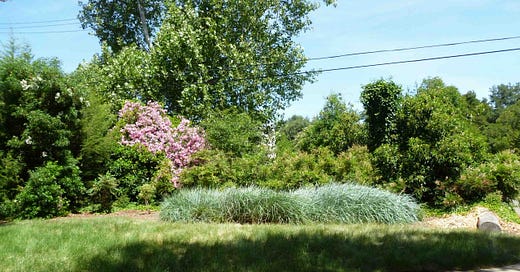





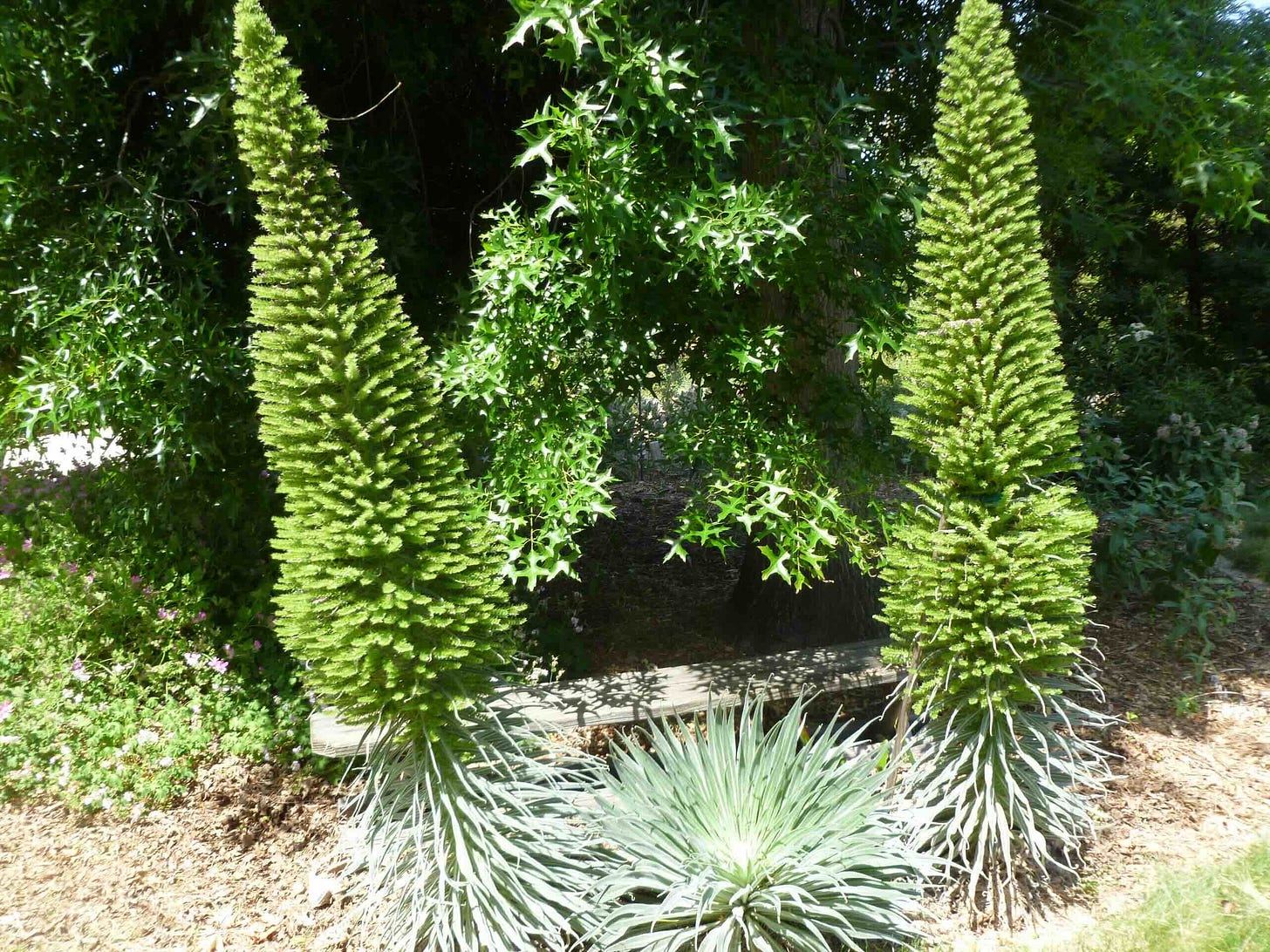

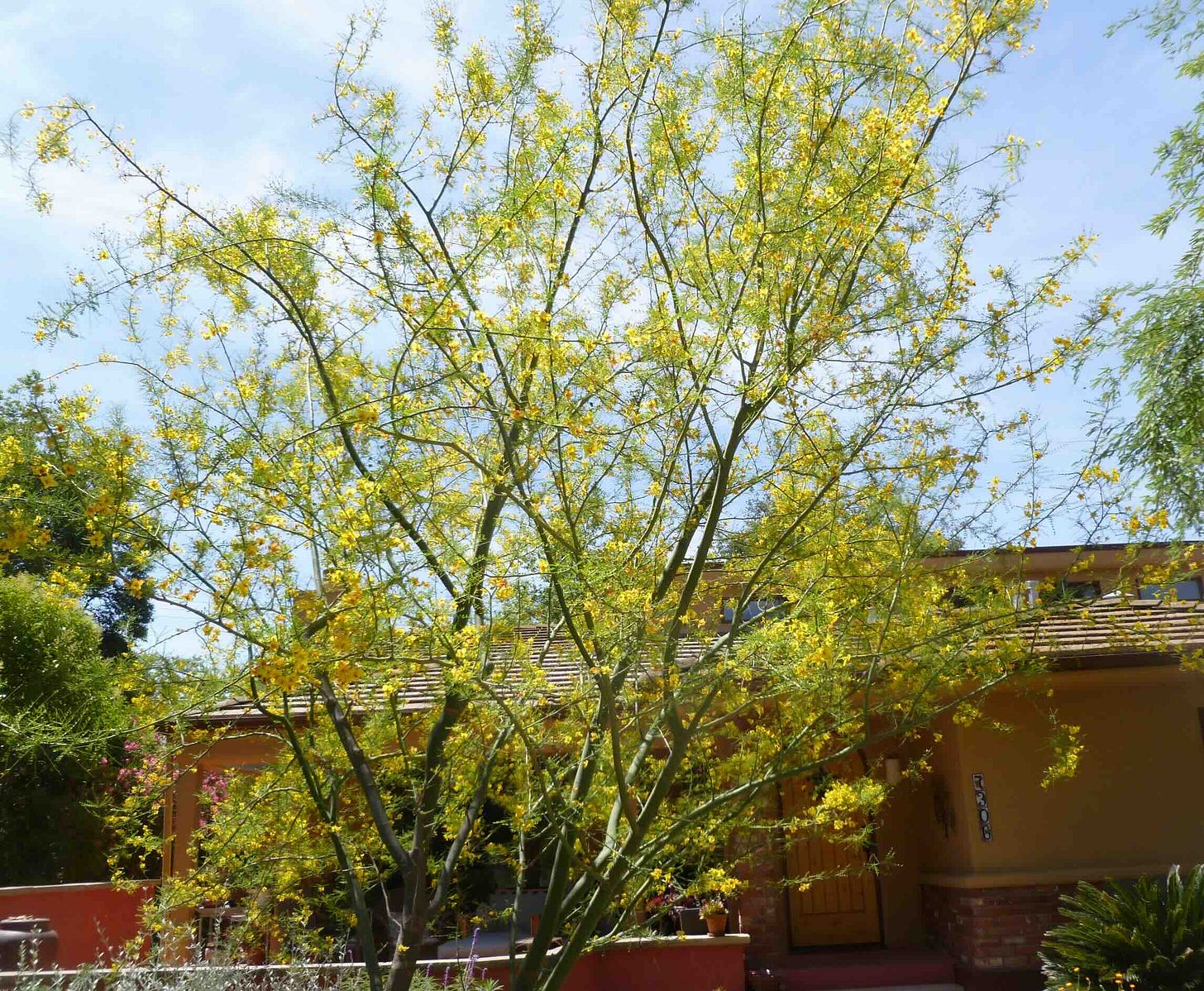
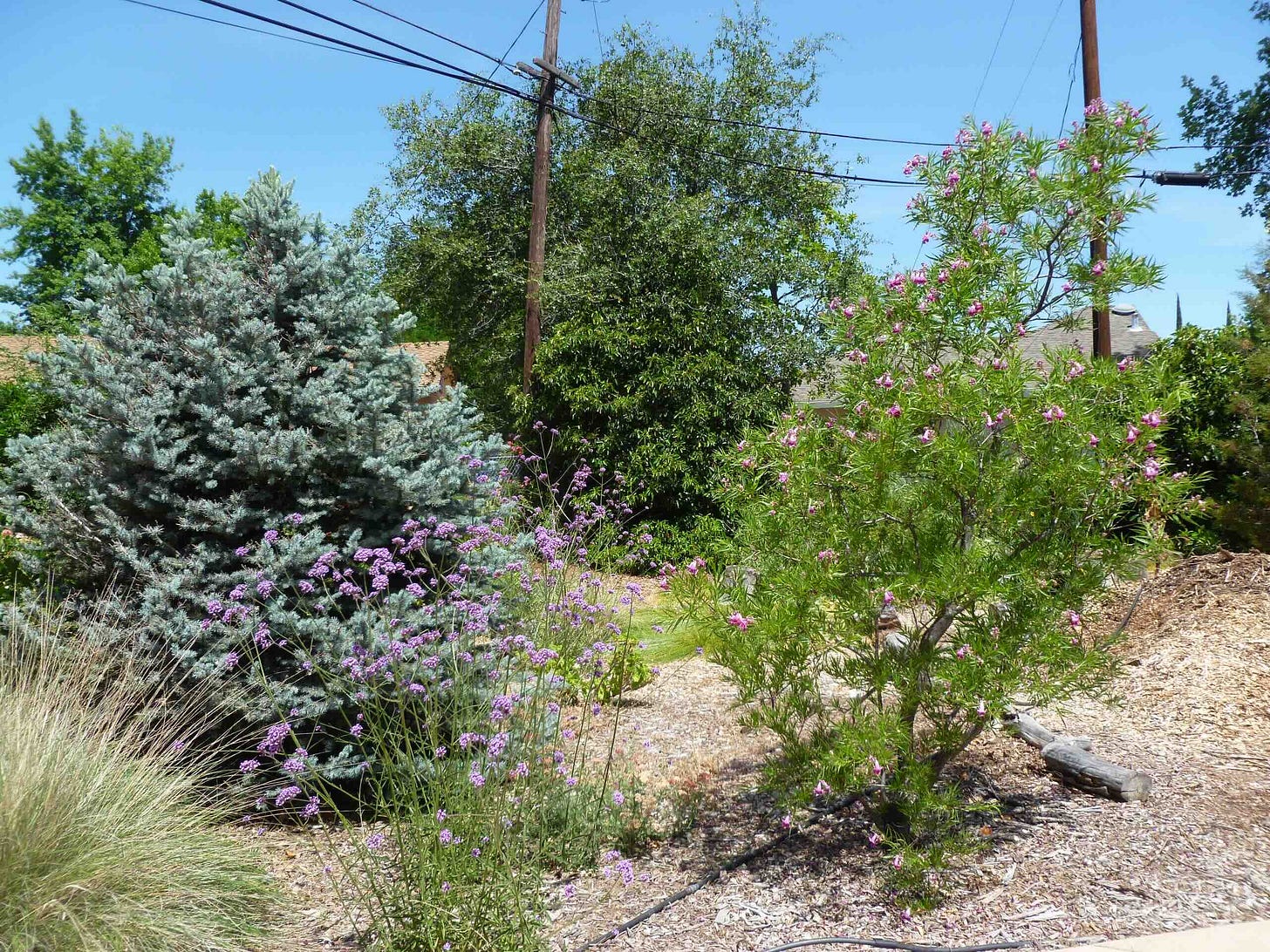

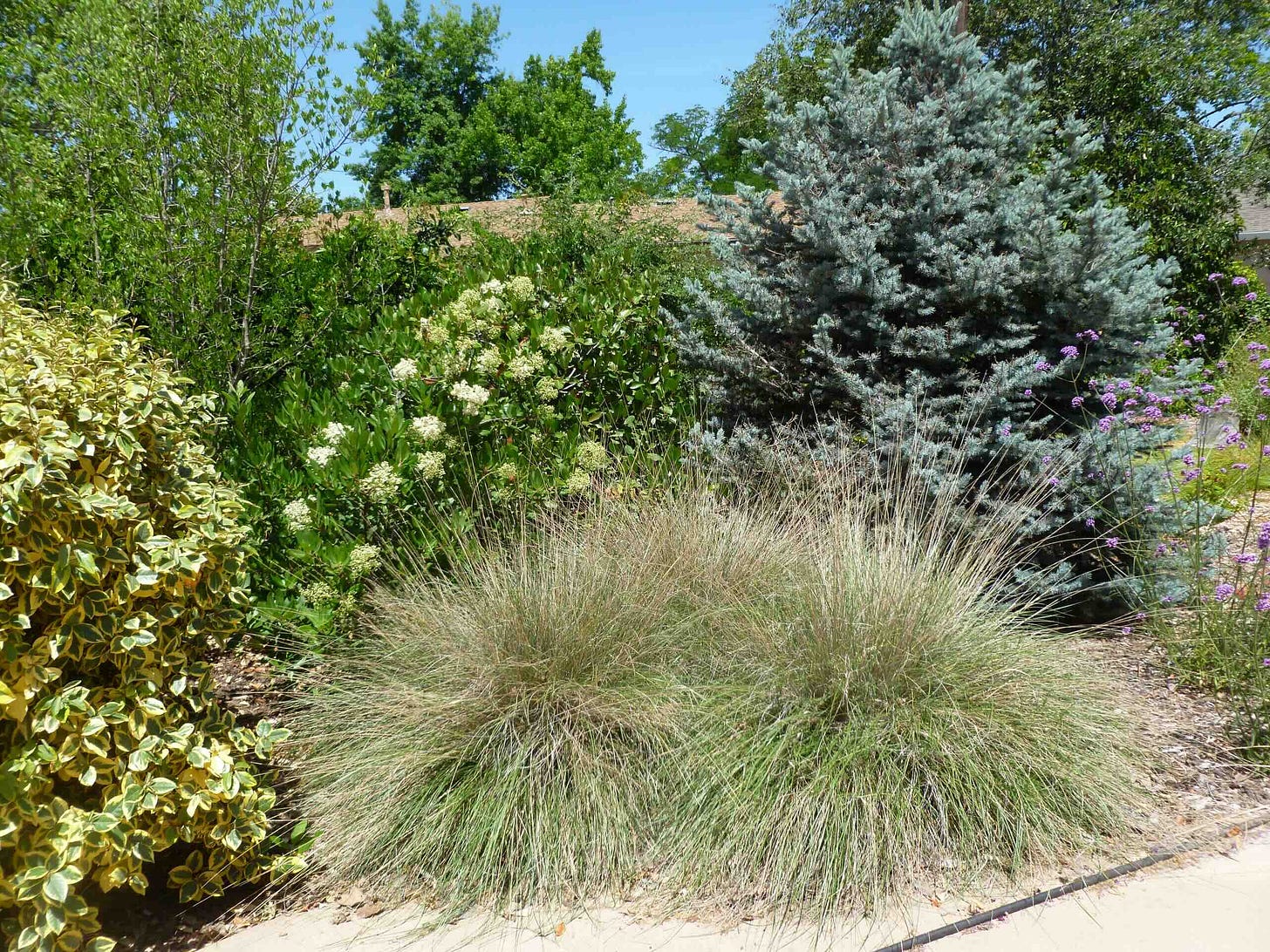
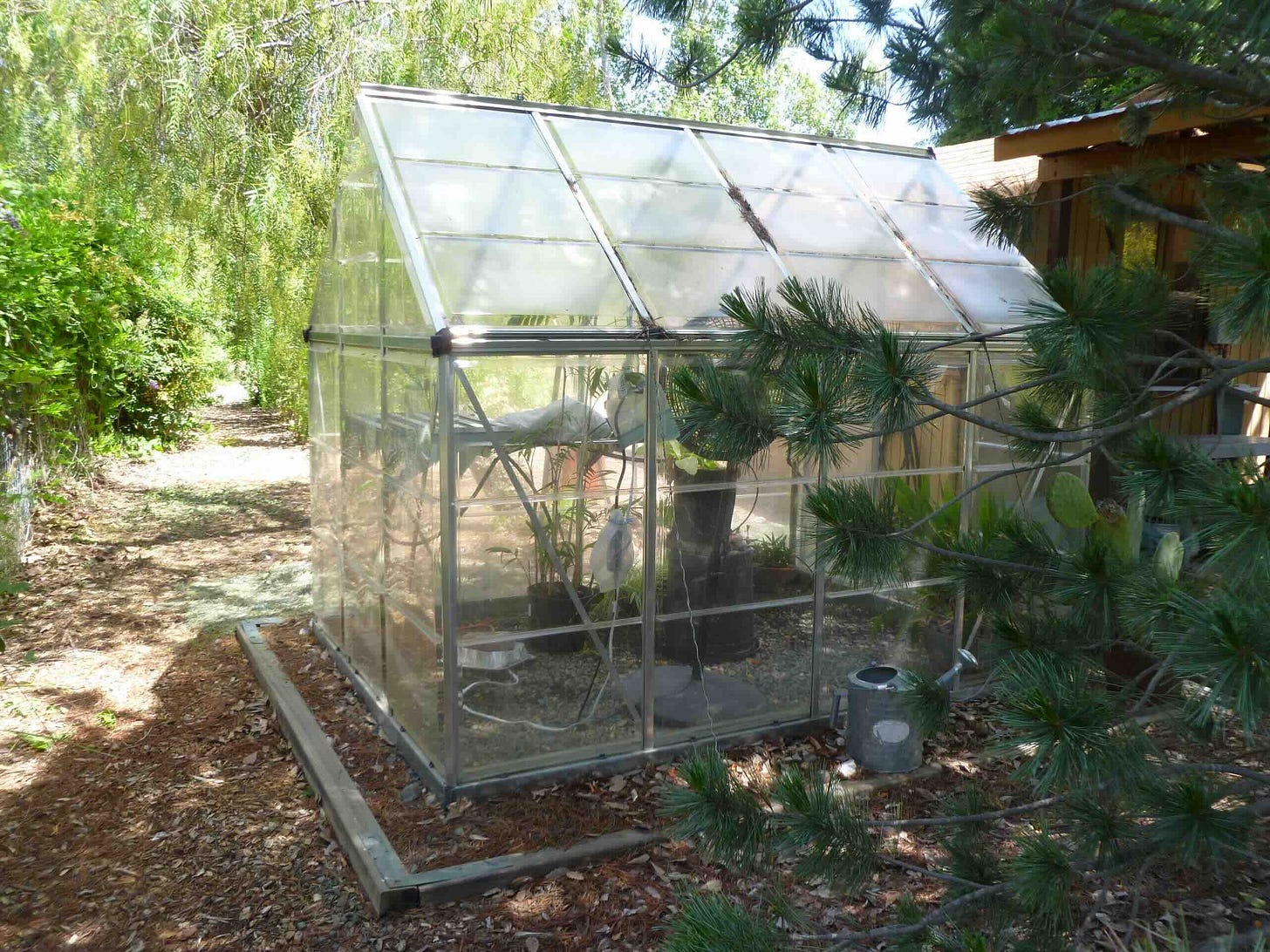
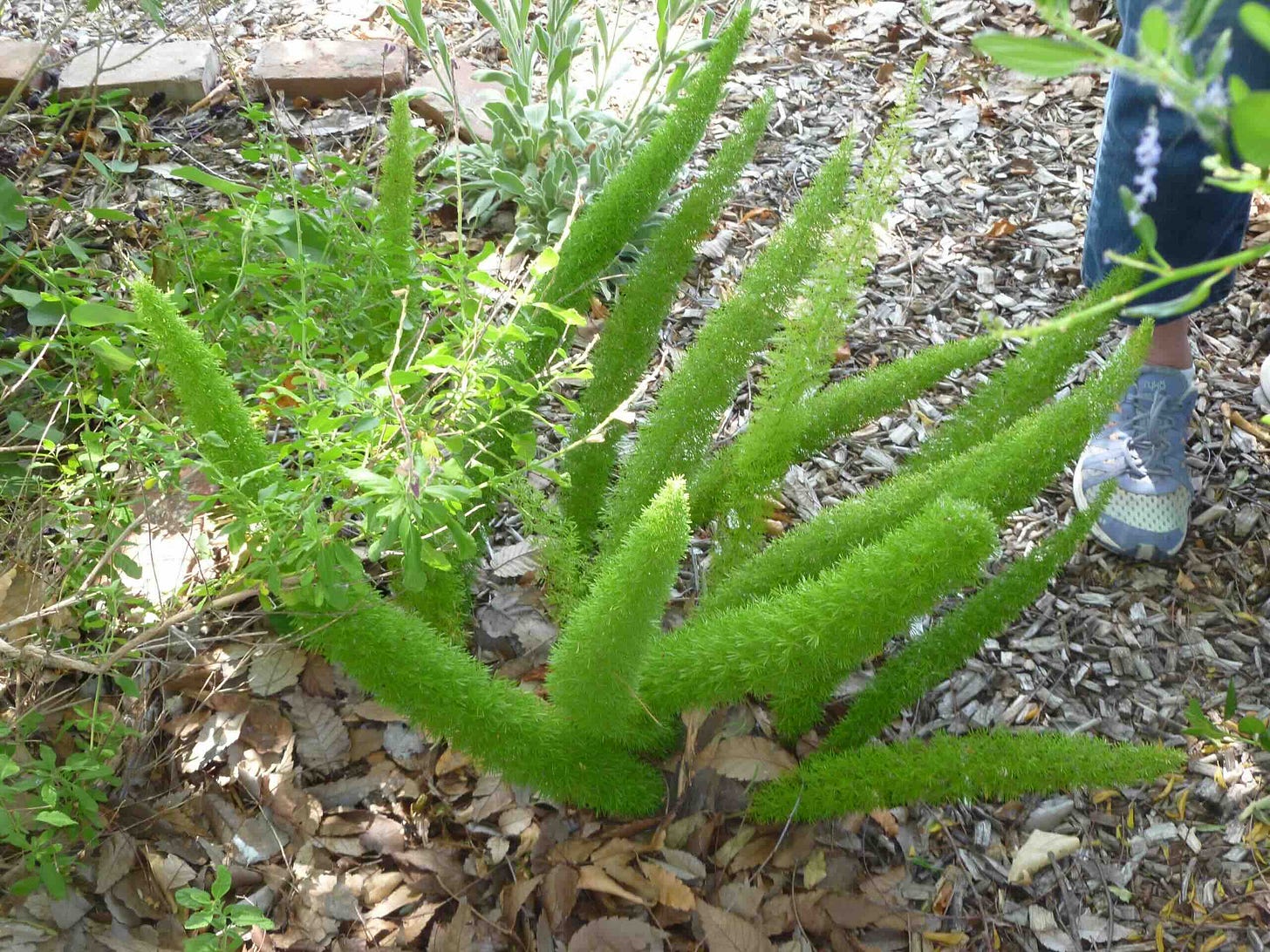


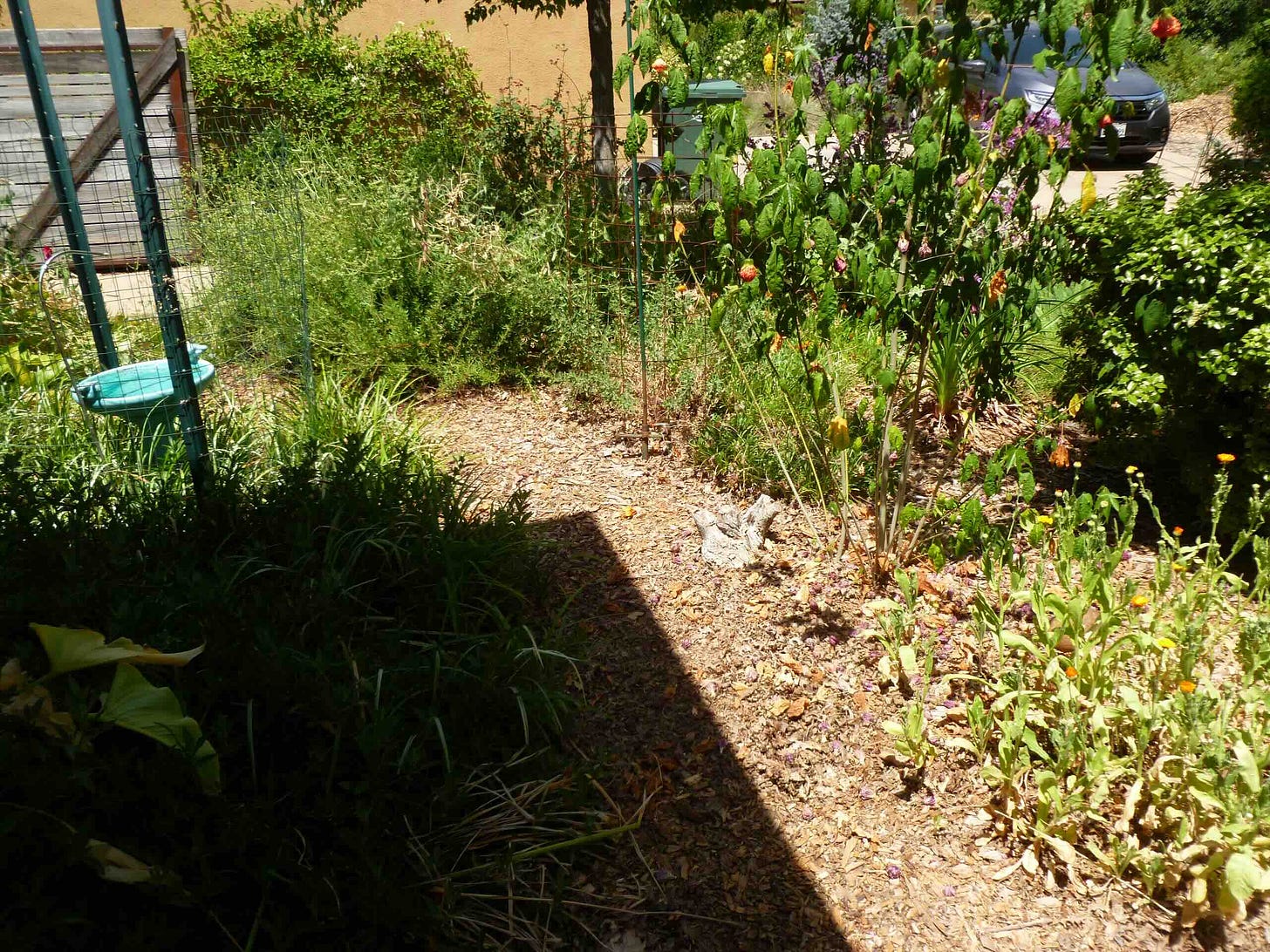

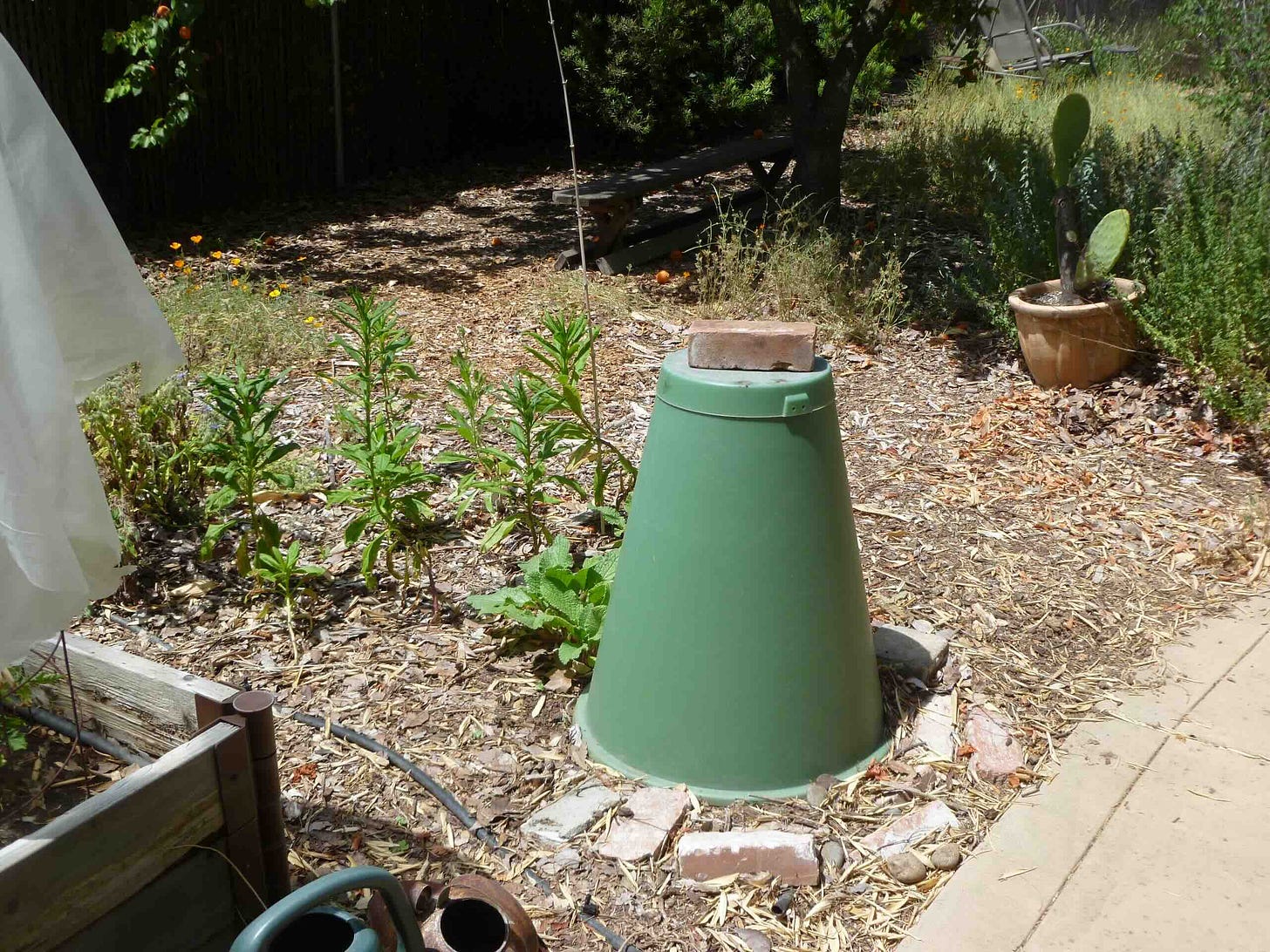







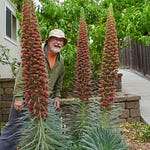

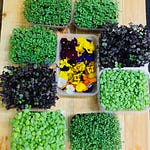
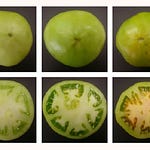

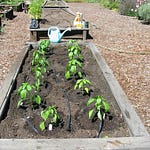
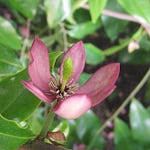
Share this post